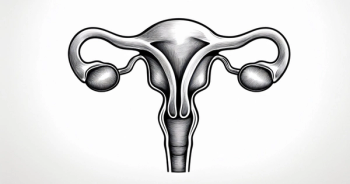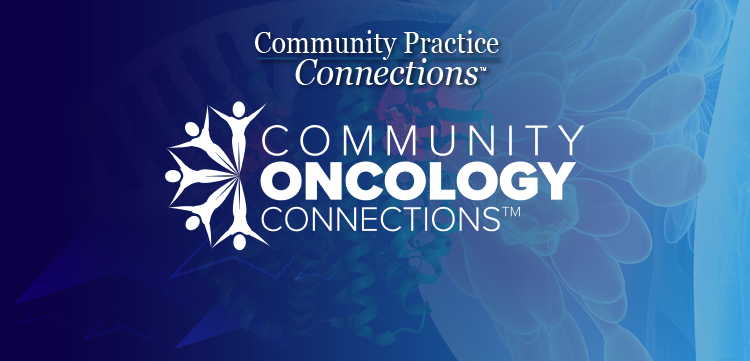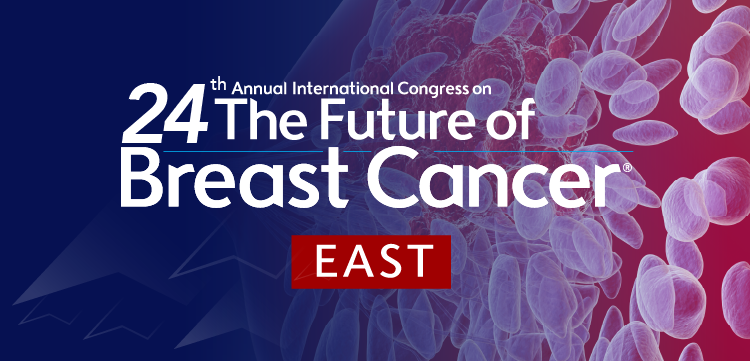
Metformin Fails to Improve Efficacy of Chemo in Endometrial Cancer
The phase 2/3 GOG286B reported efficacy findings and new exploratory outcomes on the combination of metformin, paclictaxel, and carboplatin in patients with advanced or recurrent endometrial cancer.
The addition of metformin to paclitaxel plus carboplatin did not improve progression-free survival (PFS) or overall survival (OS) in patients with advanced or recurrent endometrial cancer, according to results published in Gynecologic Oncology.1
In the phase 2/3 GOG286B trial, the HR for death was 1.088 (90% CI, 0.803-1.475; log rank one-sided P = .676) for the patients receiving metformin vs those receiving placebo, leading to the early closing of the study. The HR for PFS was 0.814 (90% CI 0.635-1.043). Exploratory analyses were reported on obesity, immunohistochemistry, and other clinical factors.
Metformin, which is commonly used in patients with type 2 diabetes, showed preclinical antitumor activity through direct antitumor effects and indirect effects on decreasing insulin and glucose levels, plus synergistic activity with taxanes and platinum, according to the investigators.
This 2-arm, randomized, placebo-controlled phase 2/3 clinical trial enrolled patients with stage III/IVA endometrial cancer with measurable disease and stage IVB or recurrent cancer with or without measurable disease. Patients could not have received prior chemotherapy or targeted therapy, including chemotherapy for radiation sensitization, but could have received prior radiation therapy.
Four hundred and sixty-nine patients were randomly assigned to 1 of the 2 arms. In both arms, they received 175 mg/m2 paclitaxel on day 1 and carboplatin AUC (area under the curve) 5 every 3 weeks. Metformin was given at a dose of 850 mg once daily for 4 weeks and increased to 850 mg twice daily if tolerated, with matched placebo in the other arm. Metformin was continued as maintenance after 6 cycles of chemotherapy if patients did not have progressive disease.
The primary end points were PFS for the phase 2 portion and OS for the phase 3 portion. Secondary end points included overall response rate, duration of response, and duration and nature of toxicity. Additionally, data were collected for a secondary end point meant to estimate differences in outcomes based on patients’ obesity levels. The 2 arms were considered well balanced in regard to age, race, performance status, histologic subtype, body mass index (BMI), primary or recurrent disease status, and measurable disease.
The investigators determined the phase 2 study showed the PFS with metformin was worthy of further investigation in the phase 3 study, but the phase 3 study stopped accrual for futility. From March 17, 2014, to December 12, 2017, 448 patients were enrolled, and results were frozen for the interim analysis, though a further 21 patients were enrolled before the study closed on February 1, 2018.
Results from the interim analysis were presented at the Society of Gynecologic Oncology Winter Meeting in 2020, concluding PFS and OS were not significantly increased with metformin.2 At a median follow-up of 10 months with 121 deaths across both arms, median OS was not reached in the placebo arm and 28 months in the metformin arm.
Translational research results and other correlative analyses drew from a more mature dataset.1 The addition of metformin was well tolerated with no unexpected serious toxicities, investigators reported. Several exploratory analyses were reported, although genomic, proteomic and metabolic biomarkers are still in progress to assess any subgroup of patients who benefited from metformin.
When BMI was analyzed from the 2019 dataset as a categorical variable, BMI of at least 30 was not prognostic or predictive for the hazard of death vs BMI of less than 30 in patients. The OS HR for BMI was 0.983 per unit increase (95% CI, 0.967-0.998). The interquartile range for BMI was 25.17 to 37.21, or 12.1 units, leading to an estimated reduction in hazard of death between quartile 1 and quartile 3 of patients of 0.81 (95% CI, 0.67-0.98). The OS HR of waist-to-hip ratio was 0.62 per unit increase (95% CI, 0.14-2.81) and this was also not prognostic or predictive of response to metformin plus chemotherapy.
An exploratory analysis found no strong association between response to metformin and histological subtype. In patients with endometroid tumors, the HR was 0.84 favoring metformin, but this was not statistically significant.
Patients who were Black women, who made up 13% of the trial population, had poorer PFS and OS outcomes compared with those who were White, who made up 79.3% of the population. Obesity rates were higher in Black vs White patients (64% vs 49%), and 68% of White patients had endometrioid carcinomas vs 34% in Black patients. A Cox model found no association between PFS and histological subtype, but an association between OS and subtype. A joint analysis of OS on race and subtype indicated potential confounding between the variables, and a full model with an interaction term indicated no significant variables whereas the additive model only showed race as important.
An immunohistochemical analysis showed that MATE2, OCT3, and phosphorylated-IGF1R were not associated with PFS or OS with metformin, although these were expected to contribute to metformin’s antitumor activity based on preclinical data. Dichotomized high levels of MATE2 expression may have had a negative association with higher BMI (OR, 0.61; 95% CI 0.40-0.92).
When looking at the 4 defined subtypes by the Cancer Genome Atlas, exploratory analysis suggested that metformin could be beneficial in the TP53 wild-type and TP53 mutation subtypes, but detrimental in the microsatellite instability hypermutated subtype.
Investigators noted that choosing to include histologies other than endometrioid carcinoma could have affected the outcome, but argued the inclusion was justified because obesity was associated with all histologies and was expected to serve as a biomarker of response to metformin.
“Therefore, we postulate it may be that we asked too much of metformin to improve on the clinical benefit of [paclitaxel-carboplatin] in our worst prognostic patients in GOG286B; and thus, it may be more reasonable for metformin to have potential activity in more early stage disease or [endometrial cancer] precursors, as is being explored in multiple ongoing trials, many in combination with the levonorgestrel-releasing intrauterine device,” the investigators stated in their paper.
References:
1. Bae-Jump VL, Sill MW, Gehrig PA, et al. A randomized phase II/III study of paclitaxel/carboplatin/metformin versus paclitaxel/carboplatin/placebo as initial therapy for measurable stage III or IVA, stage IVB, or recurrent endometrial cancer: An NRG oncology/GOG study. Gynecol Oncol. Published online March 7, 2025. doi:10.1016/j.ygyno.2025.03.003
2. Bae-Jump VL, Gehrig PA, Hagemann AR, et al. A randomized phase II/III study of paclitaxel/carboplatin/metformin versus paclitaxel/carboplatin/placebo as initial therapy for measurable stage III or IVA, stage IVB, or recurrent endometrial cancer: An NRG oncology/GOG study. Gynecol Oncol. 2020;159(suppl 1):7. doi:10.1016/j.ygyno.2020.06.013









































